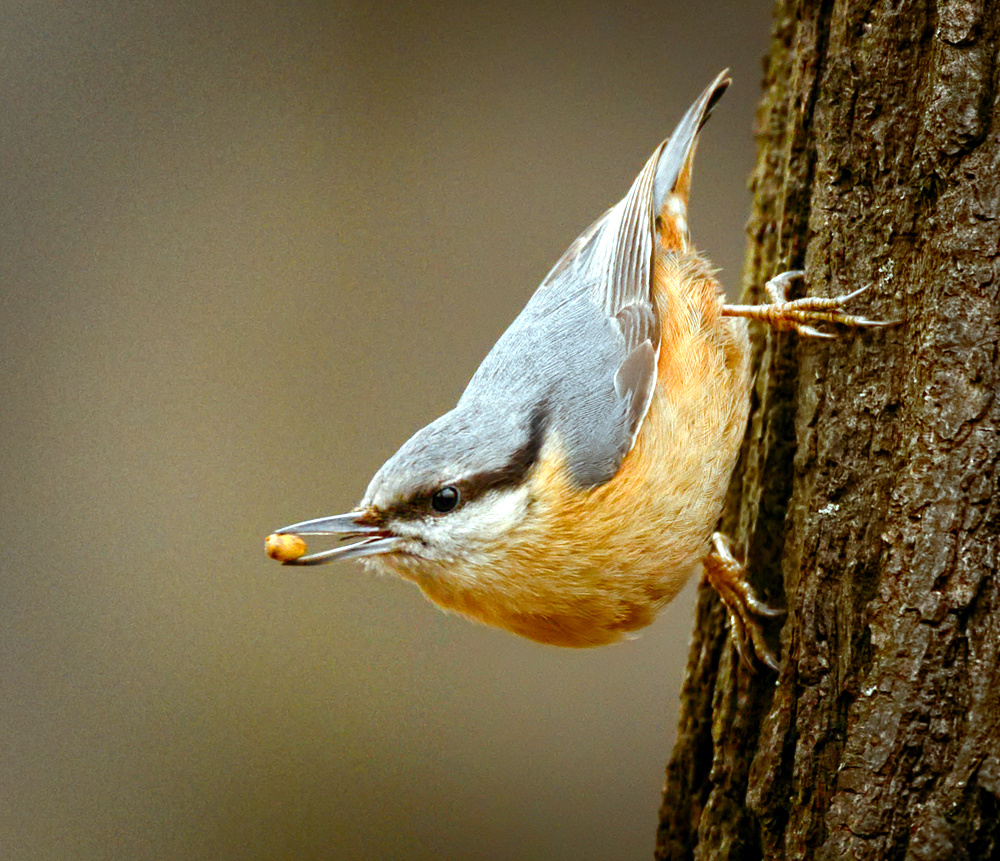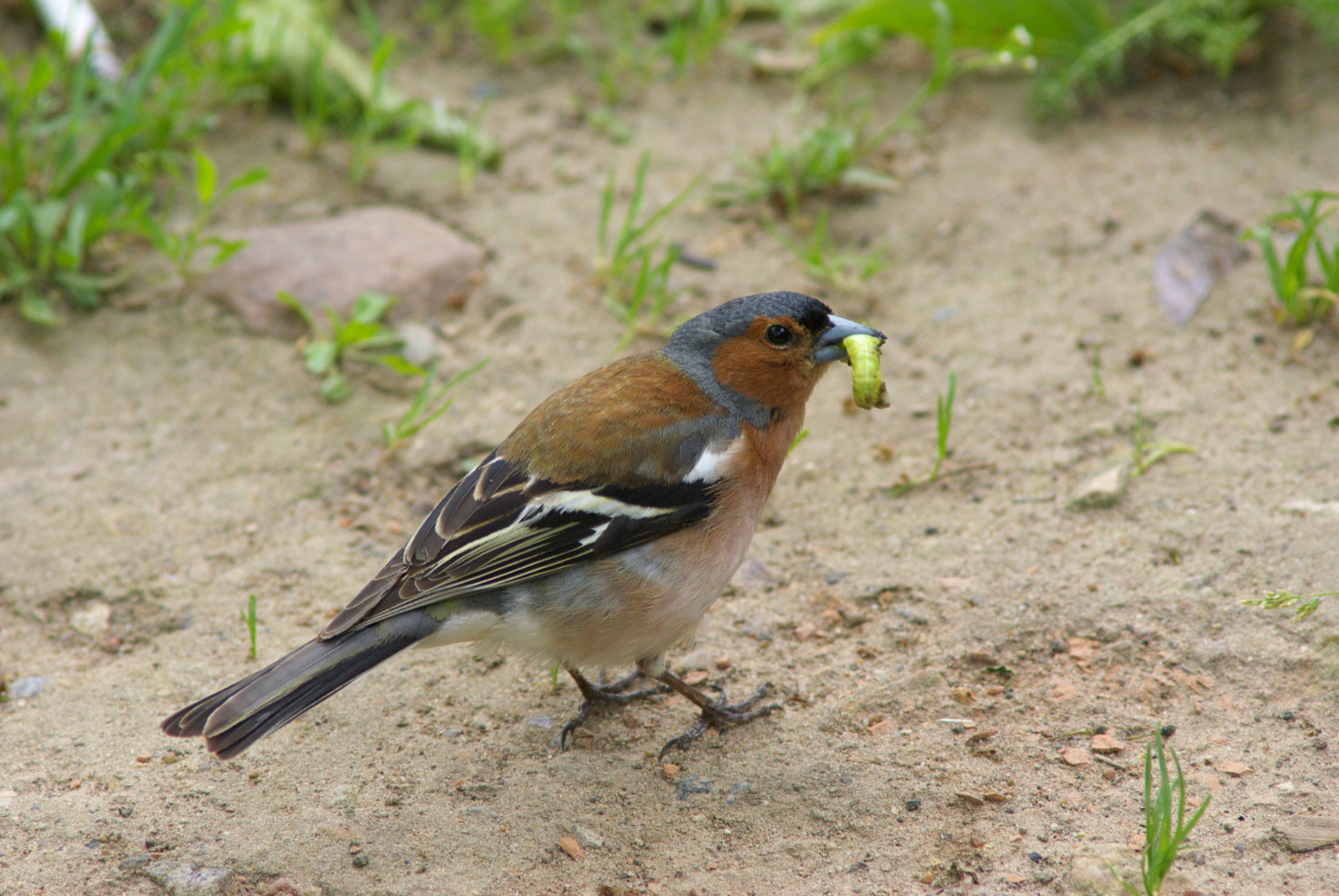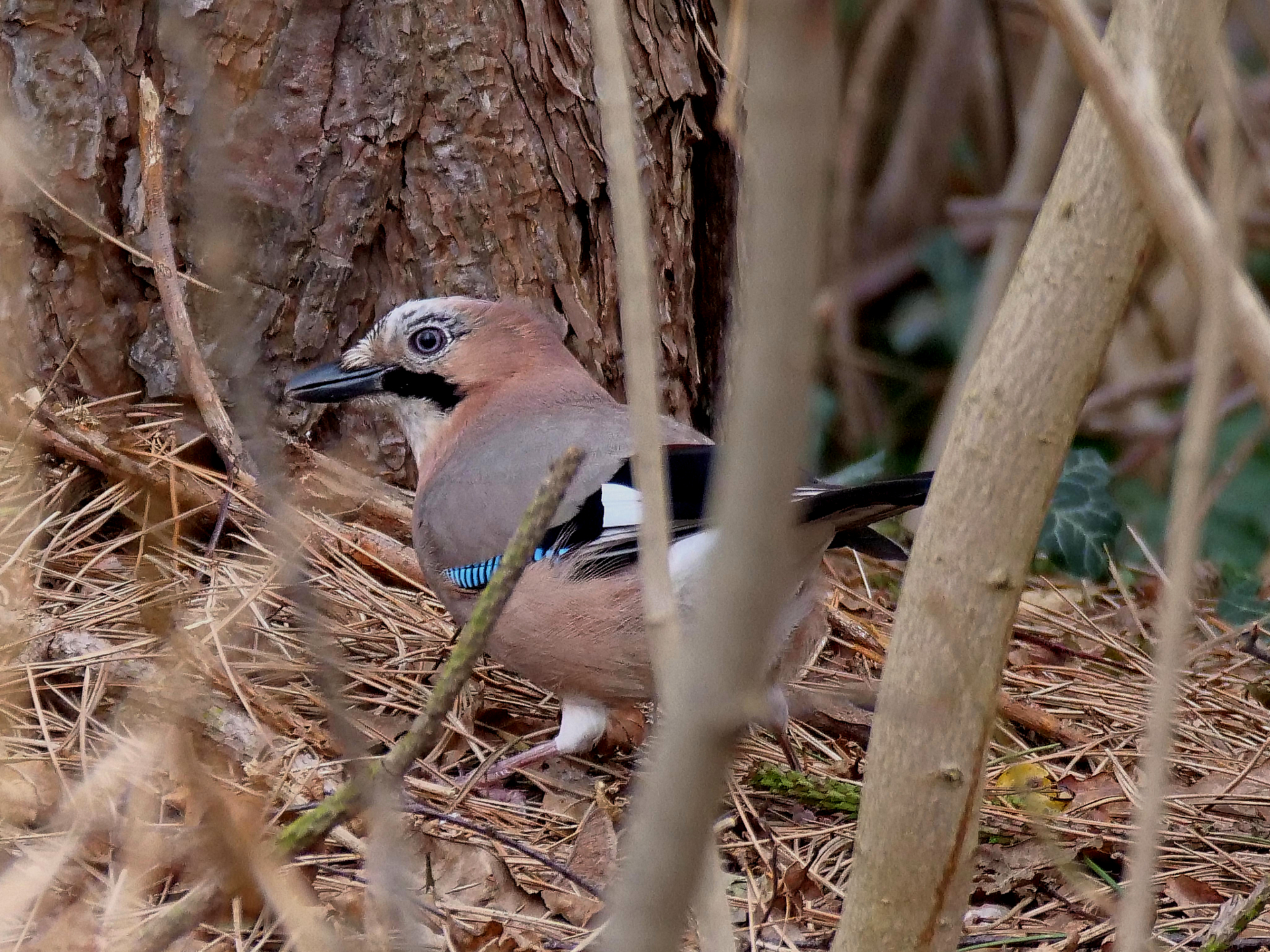Birds see forest differently than us humans. For them, forest is a plentiful territory, a nesting and foraging site comprising several smaller, distinct microhabitats.
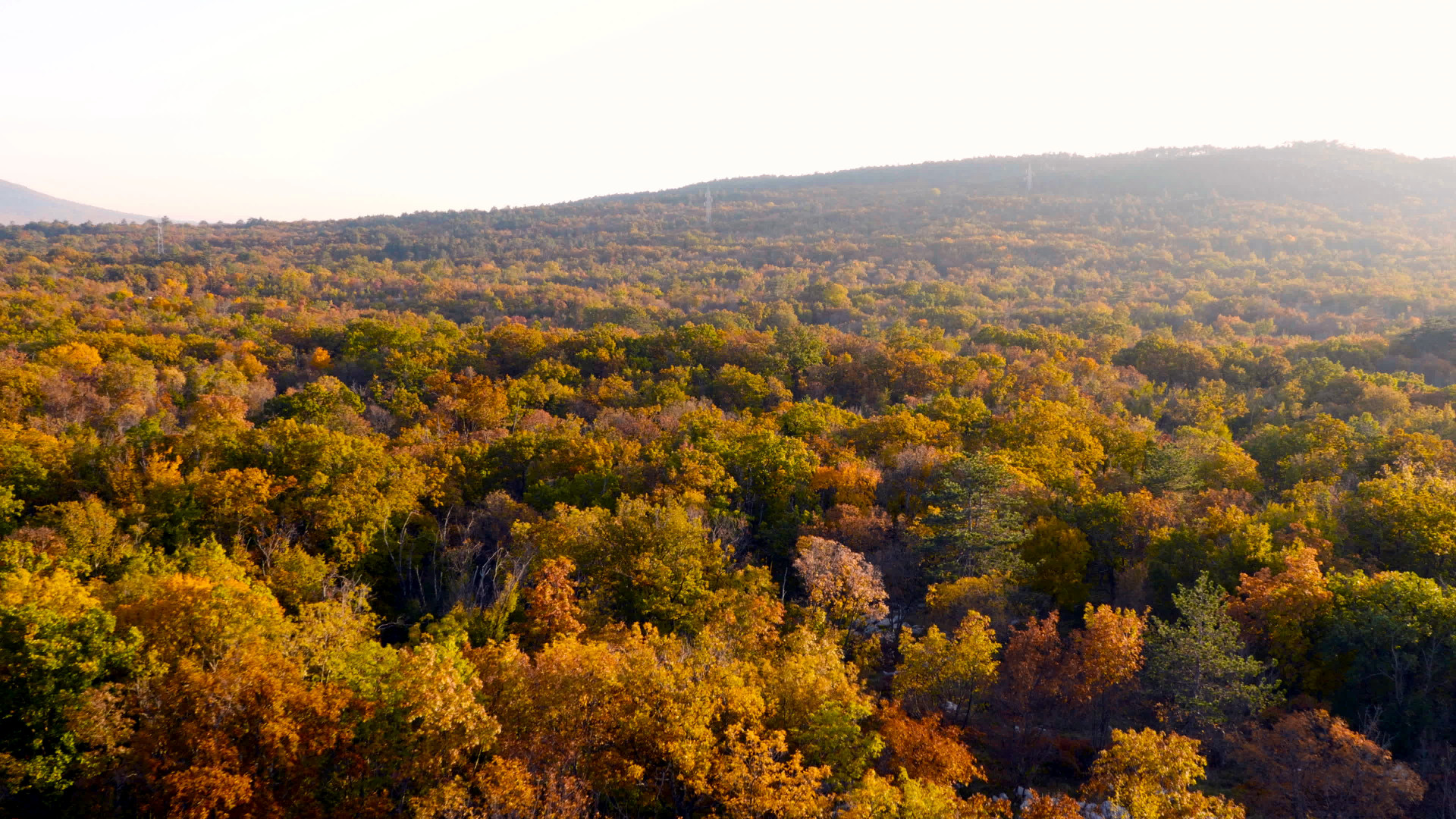
12 – Bird’s eye view
Birds see forest differently than us humans. For them, forest is a plentiful territory, a nesting and foraging site comprising several smaller, distinct microhabitats.

Woodpeckers (also known as tree doctors) rely mainly on their hearing next to vision when it comes to searching for food or selecting nesting sites. But how can they know where to tap? Loose and stripping bark, dead branches in the crown, polypore on the trunk all refer to a decaying tree. Then the resonating sounds generated by pecking clearly tell the woodpecker what is inside the tree.

Many birds use woodpecker-made cavities and other natural holes for nesting. The number and spatial arrangement of holes strongly influences the composition of bird communities at the area, since most species maintain and defend smaller or larger territory against conspecifics.
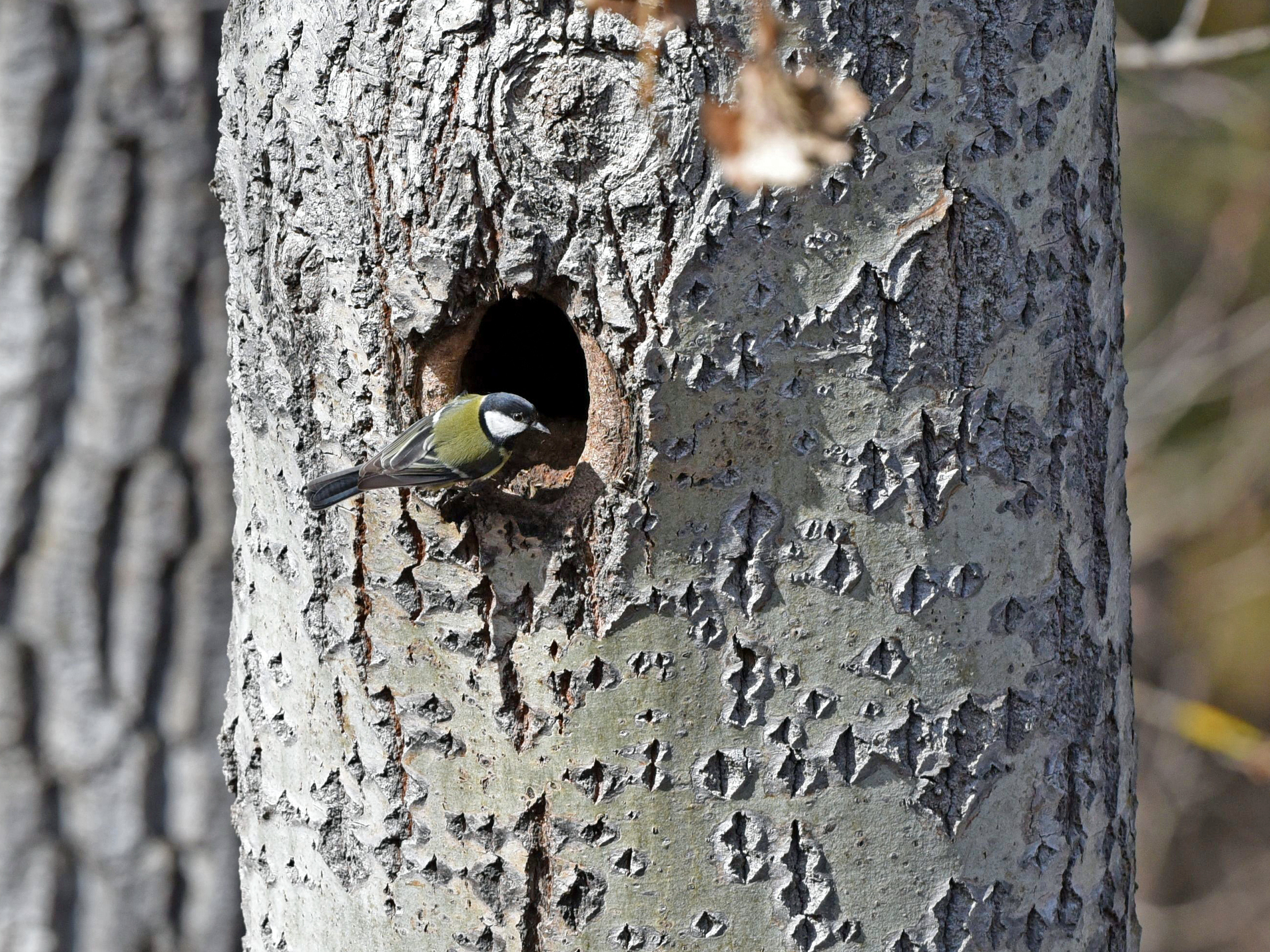
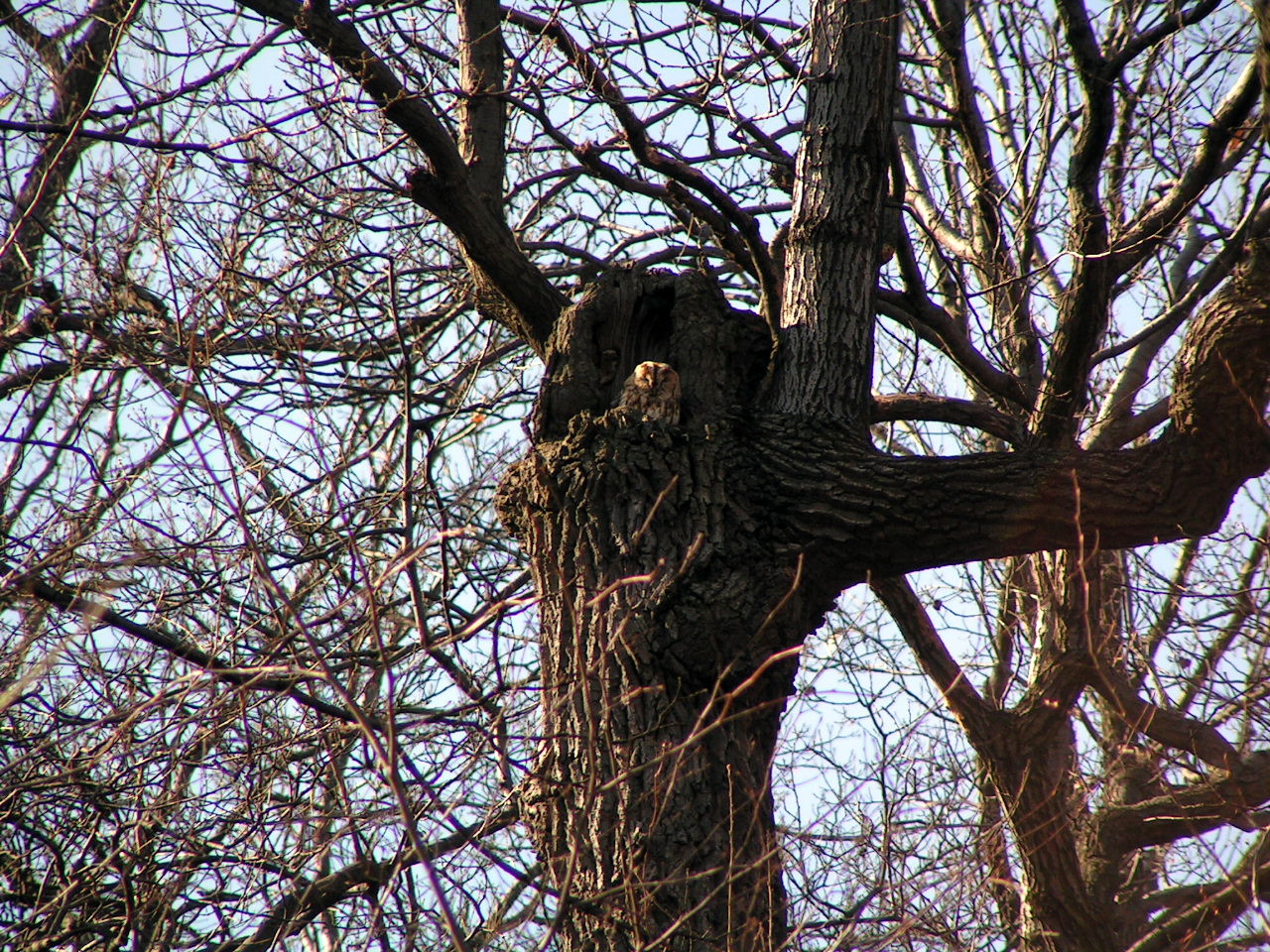
Root buttress cavities, pits of uprooted trees’ rootplates, and dense twigs of witches broom are typical nesting sites of wren and robin.
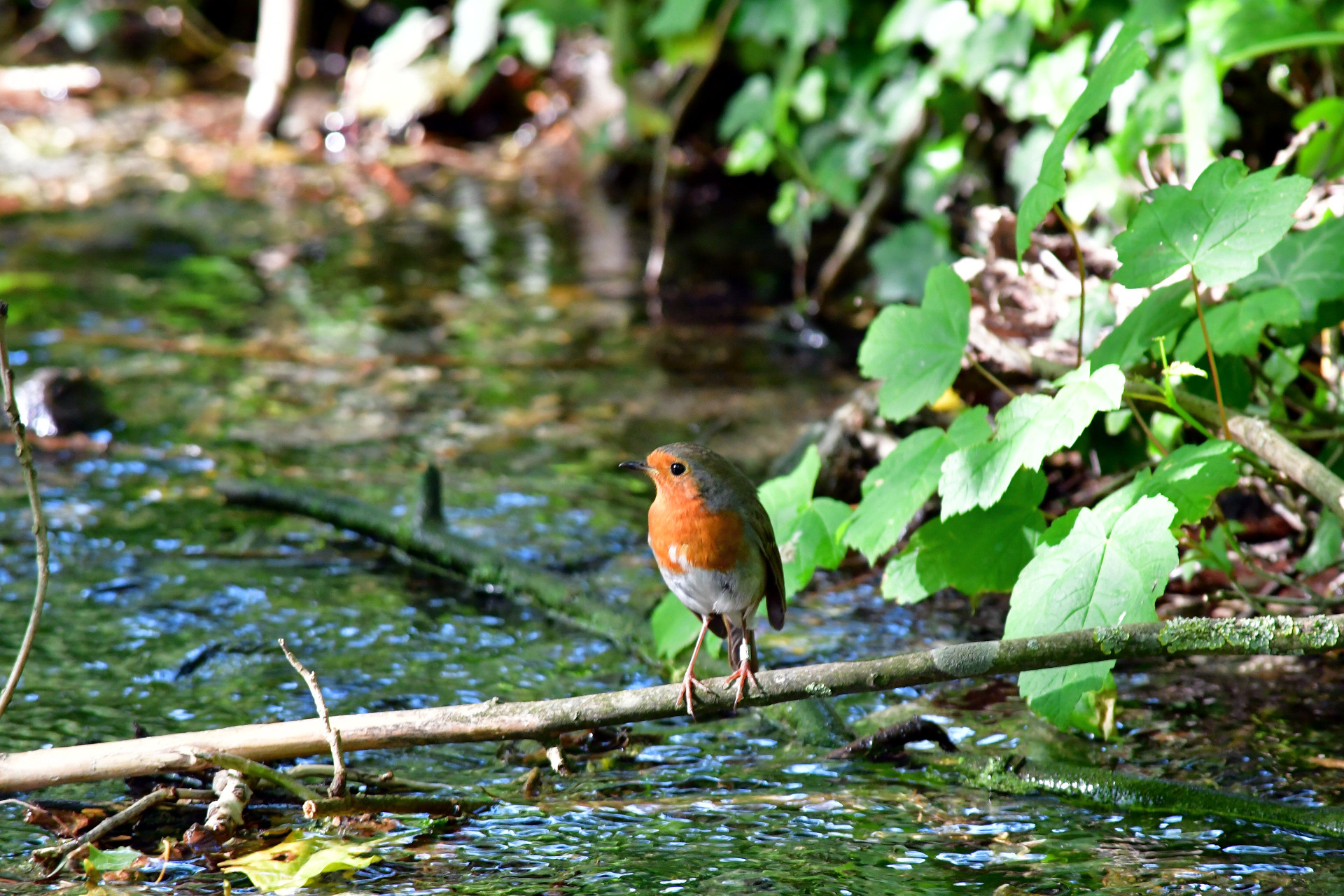

The water-filled holes of dendrotelms provide some kind of natural ’fountains’ for birds, being important places for drinking and bathing, and are visited by many species.
All in all, forest looks a little similar to our city maps from the view of birds. The only difference is that public places, sights, shops, services mean something else there...
